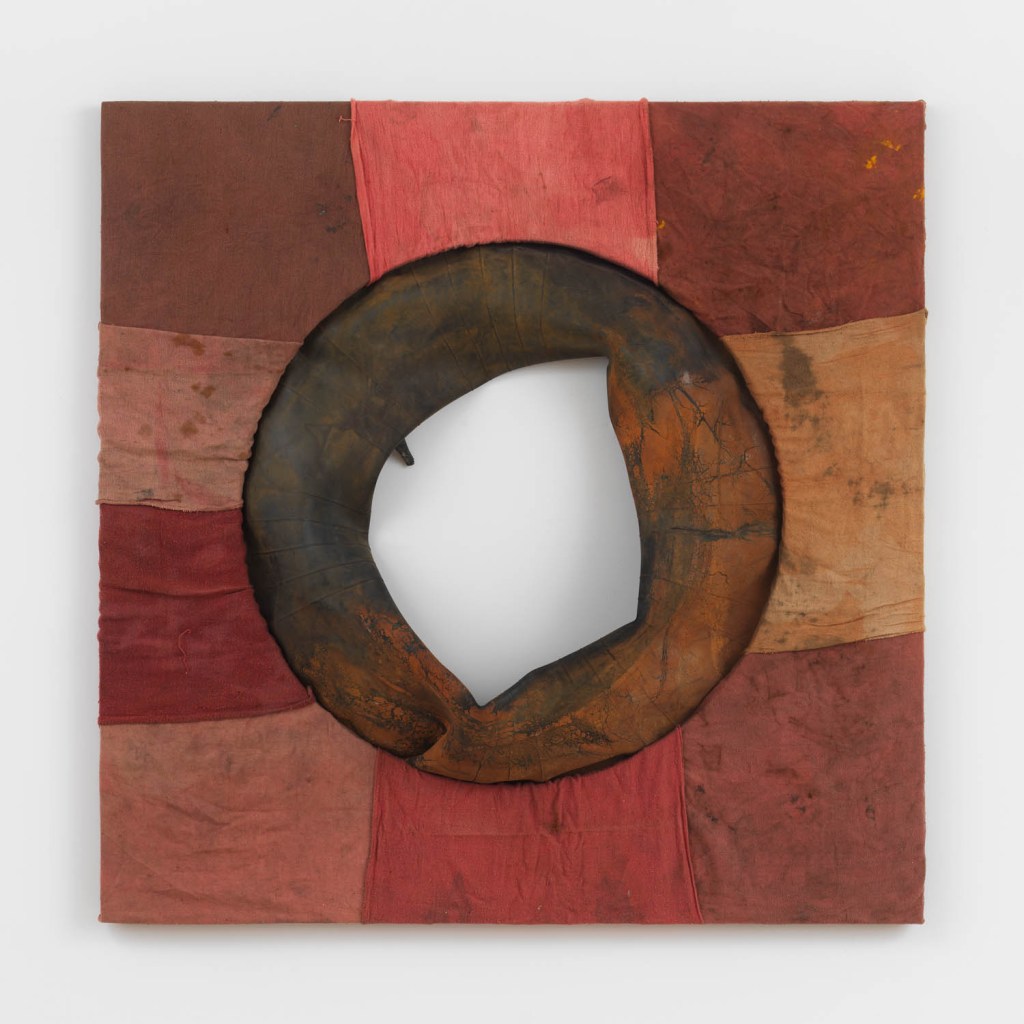
Contributed by Mark Wethli / In Ang Lee’s 2005 film Brokeback Mountain, Ennis Del Mar (Heath Ledger) travels to the desolate homestead of his murdered lover, Jack Twist (Jake Gyllenhaal), in hopes of claiming his ashes and spreading them on the mountain where they met and fell in love many summers before. Jack’s father, knowing and disdainful, denies his request. While exploring Jack’s sparsely furnished boyhood room in search of something to remember him by, Ennis discovers a narrow, uncanny space at the back of the closet. In it he finds Jack’s denim jacket (blood-stained from a fistfight they’d had years before) hung over a shirt of his own on a single hanger, the two closeted garments symbolically embracing. The rougher denim, cloaking and protecting the softer cotton, reflects a relationship that might have been but was not allowed to endure in 1960s Wyoming. Ennis clutches the garments to his chest, the top of the hanger pressed against his face in the shape of a question mark, as he confronts his loss and the role his fears played in Jack’s tragic death.
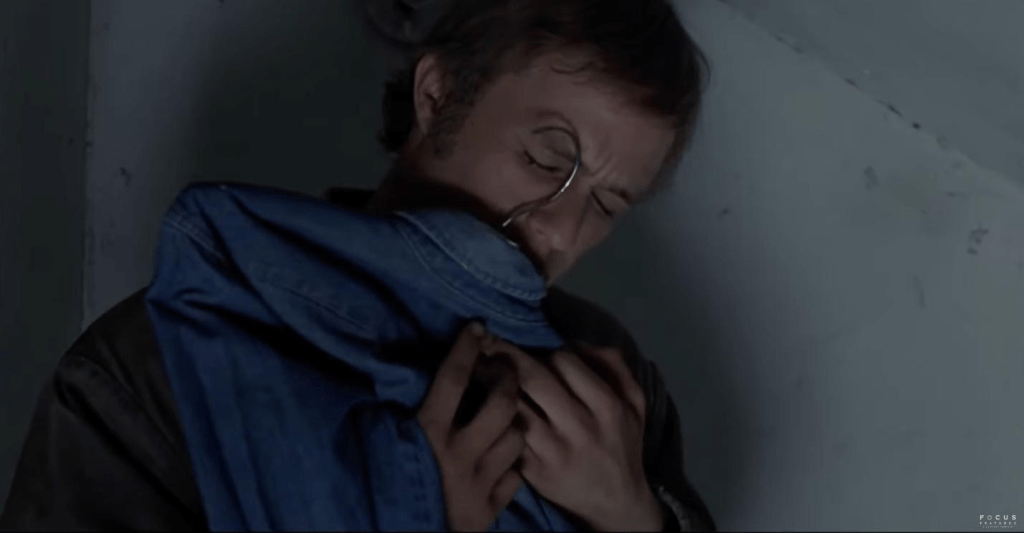
I thought of this scene as I viewed Dan Dowd’s intimate and poetic work, now at Magenta Plains, in his first New York solo exhibition. The inclination to cathect feelings and memories onto objects is a common one. Clothing in particular echoes the shapes of our bodies; touches them; connotes gender, time, and economic status; and absorbs everything from our scent to our DNA. Dowd creates small, iconic assemblages out of found materials, including fragments of inner tubes, clothing, rags, and home décor. His father was a truck driver – hence the inner tubes – but there is much more to the work than autobiographical content. We don’t need to know exactly where this bit of flannel or that piece of drapery came from or what they might have meant to someone else, but only that they came from somewhere and bore silent witness to the people, places, and events whose lives they touched. Like the closet scene in Brokeback Mountain, Dowd’s work is powerful and deeply affecting because it connects us with something we’ve all experienced.


The materials in Dowd’s work acquire still greater resonance by virtue of his witty, elegant, and reductive compositions. Picasso once remarked that what made Matisse a great colorist wasn’t the colors he chose but the colors he combined, and Dowd has a similarly deft instinct for juxtaposing materials from disparate sources. In The big house III, for instance, we see just three elements: a torn wool shirt, a scrap of pressed tin, and a fragment of drapery. The objects evoke three distinct epochs. The pressed tin reaches back a hundred years or more. The paisley drapery, given its design and discolored appearance, feels like a throwback to the ‘60s or ‘70s. The wool shirt is newer and could easily be something recently purchased at L.L. Bean.
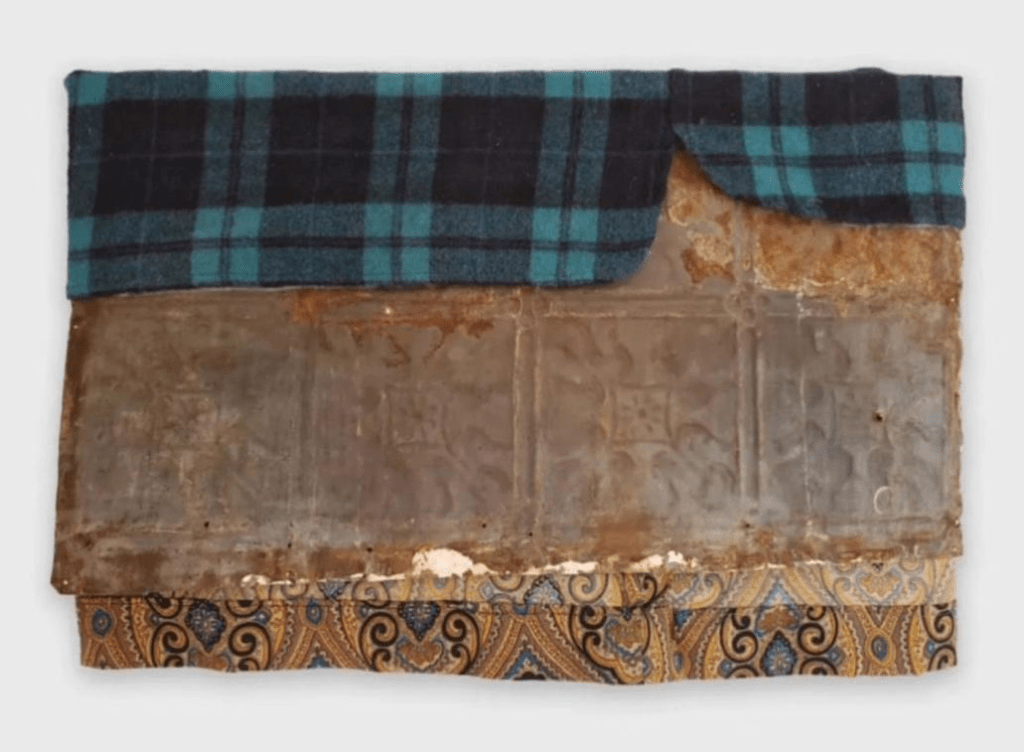
We stop to wonder who might have walked beneath that tin ceiling; cooking, reading, sleeping, or raising a family. What young couple spent an afternoon in the early seventies putting up paisley drapes in their new apartment because they reminded them of the summer of ’67? Finally, we might imagine whose arms embraced family and friends through the flannel sleeves of that fresh plaid shirt.
While each of us will arrive at our own conjectures about the theoretical histories embedded in the work, we’re also drawn to The big house III for the casual elegance of its understated but perfectly calibrated composition. The lower two-thirds of this piece are divided horizontally into quarters, most obviously in the four tiles of the pressed tin but also in the matching number of iterations of the fabric design just below it. The printed pattern on the cloth above is divided into fifths, accented by a ripped seam and a subtler disruption in the paisley pattern directly below it, two-thirds of the way over, effecting a less apparent but overriding division of the composition into thirds. The dynamics and clarity of these familiar proportions impart a hidden geometry to the work; a subtle harmony that underscores the emotions ingrained in the materials.
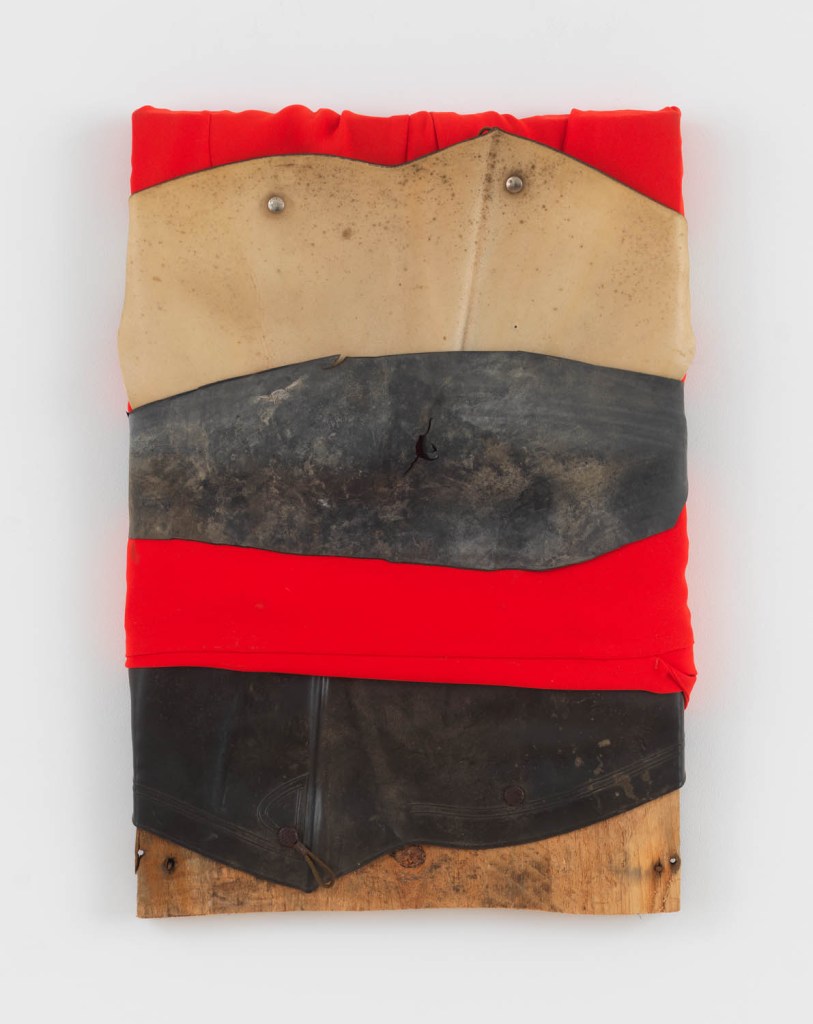
Often arranged in horizontal bands – vaguely reminiscent of landscapes or seascapes, but resolutely non-objective and concrete – Dowd’s materials also seem to wrap around an unseen support. Again, in line with the scene from Brokeback Mountain, this embracing gesture conjures the act of swaddling and more generally a profound sense of nurturing and caring. In other instances, his more pliable materials can appear to stretch close to breaking, adding yet another literal and metaphorical tension to the work.

jacket fragment on found board

A common characteristic of Dowd’s assemblages is their restraint, often limiting a piece to just two or three found items. HCET is one of his wittiest and most reductive works, including only two–an inner tube splayed open and laid flat, like an animal skin, just above the tightly stretched fabric of a blue jacket whose seams are scrupulously aligned vertically and horizontally. The remnants of the tire’s valve stem and the taut seams of the jacket pocket make it the most minimal and erotic piece in the show. The pocket opening, very slightly parted, recalls Jasper Johns’s comparably suggestive gesture in Painting with Two Balls, while the stunning color chord of the charcoal grey inner tube over a magnificent cerulean blue recalls the painting of John Zurier.
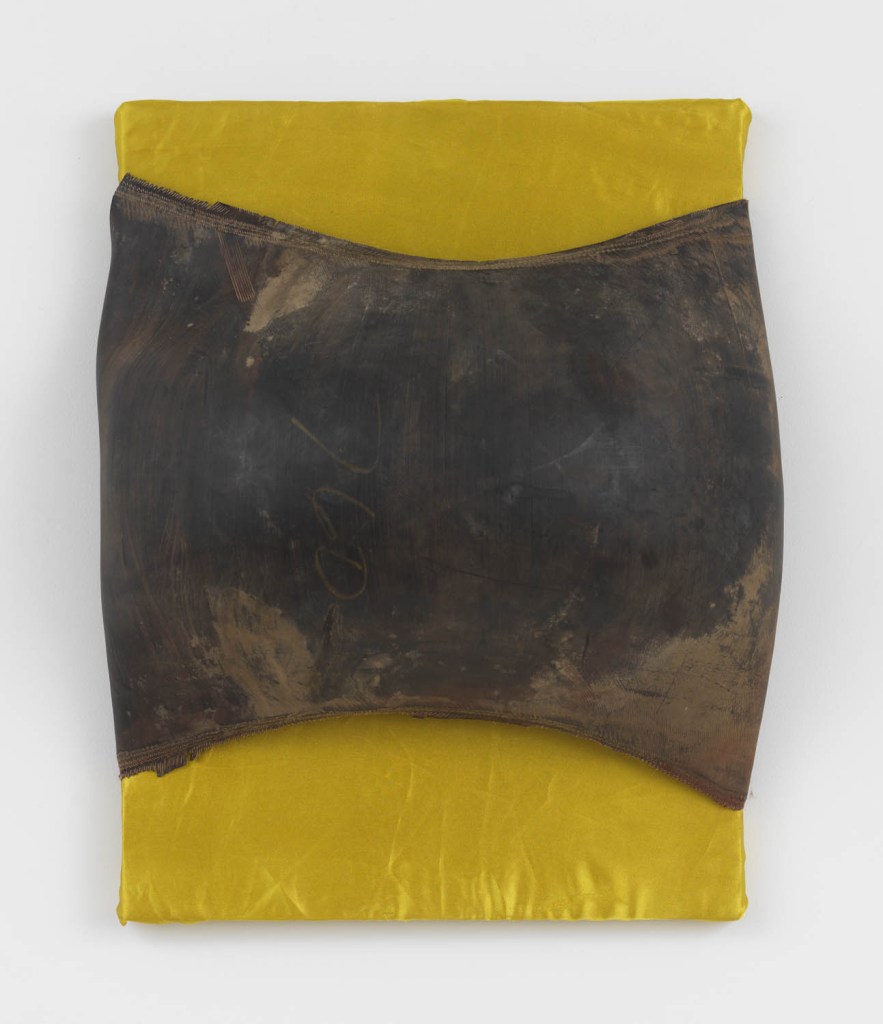
Because art made from found objects constitutes a self-defined category in modern and contemporary art, Dowd’s pieces enjoy a lively dialogue tracing back to Picasso, Duchamp, Méret Oppenheim and Kurt Schwitters, on to Robert Rauschenberg and Joseph Cornell at mid-century, and progressing to Betye Saar, George Herms, David Hammons, Joe Fyfe, and El Anatsui, among others. At the same time, Dowd’s work incorporates the intimate scale and casual finesse of Morandi and the organic qualities of Eva Hesse, but marked by its unique emphasis on the implied provenance of their found elements.
That said, Dowd is far less interested in historical precedent than he is in browsing through the latest discards at the Phippsburg Transfer Station, a waste and recycling facility not far from his home and studio in coastal Maine. When he finds something he’s drawn to he often lays it on the floor, the better to see it from a new perspective and to let its history speak for itself, independent of its conventional context, value, or purpose. In the filtered sunlight of his studio deep in the Maine woods, Dan Dowd’s beloved outcasts, drawn from all walks of life, take the stage and begin a new life, together, forever.

“Dan Dowd: Resurface,” Magenta Plains, 149 Canal Street, New York, NY. Through June 29, 2024.
About the author: Mark Wethli is a painter and the A. Leroy Greason Professor of Art Emeritus at Bowdoin College.

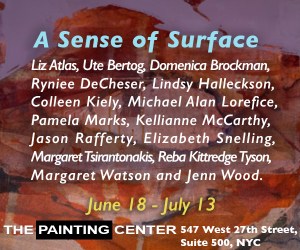
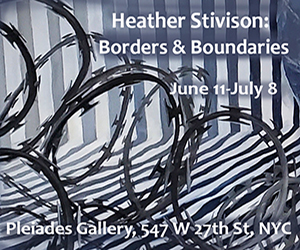




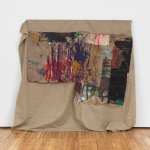
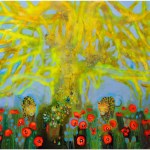
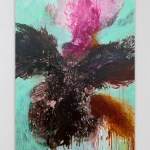
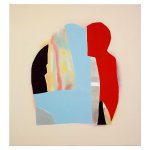
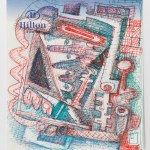
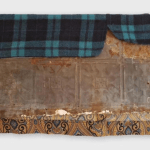
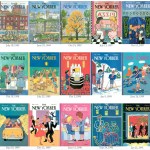
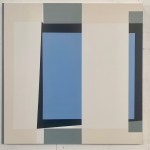


Thank you for calling my attention to this work and for a really eloquent review.
Terrific article. Saw Dan’s work last week- wow!thought provoking and lovely.
What a wonderful and poetic review of Dan’s work. I like that you dig in to the resonance of what his work feels like in person.
Thank you for your thoughtful and informative review. I’m looking forward to seeing the work!
Very strong work, and an eloquent essay. Thank you both.
Quietly searing essay, Mark. Thank you.
Great review. The work is both poetic and strange. The
Way he uses the materials is brilliant and present. Thank you for reviewing the show.